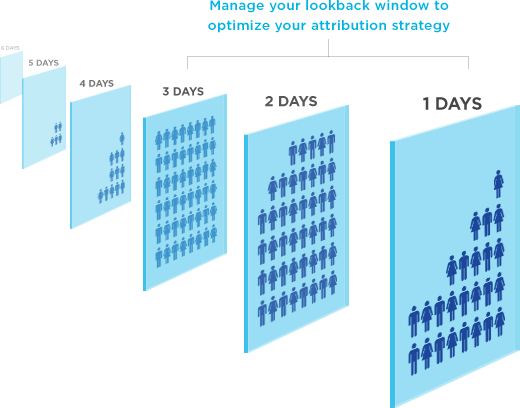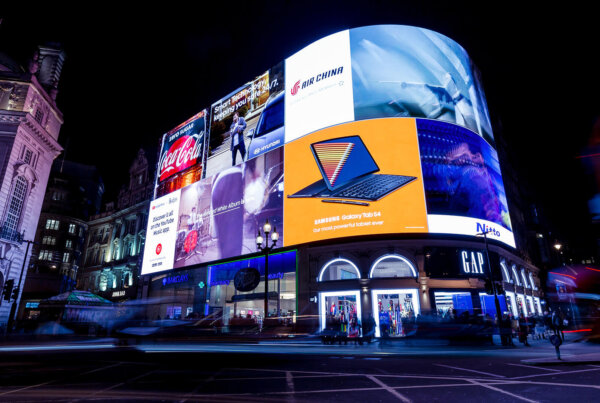Configurable attribution is one of the most powerful tools at an advertiser’s disposal, and Kochava has the most robust configuration available. It allows the advertiser to tailor the balance between attributed and unattributed installs and events to their attribution goals. Over the next 4 weeks we will be unpacking the Kochava Attribution Engine: What it is, how it works, and the tactics to configure your attribution to support your strategy.
The Kochava Attribution Engine is designed to be unbiased, comprehensive and immediate, considering every available data point to ensure authoritative attribution. Its objectivity results from considering all possible engagements—impressions, clicks, installs, events—and determining the winning engagement. The consideration of all engagements ensures that the attribution decision is final. Once the attribution is completed, it becomes actionable via real-time postback, data syndication, and reporting. The factors that figure into attribution, in order of priority, are lookback window, the integrity of the match, and the time of the click.
Lookback window defines how far back, from the time of install, to consider clicks and impressions for attribution. For example, a 1-day Lookback Window means the click must have been recorded < 24hrs prior to install.
Lookback window defaults are 30 days for device-based matching and 7 days for probabilistic-based (see iOS 14+ restrictions) matching, but they are fully configurable by media partner, as well as at the campaign and/or tracker level.
Configurable lookback windows are a powerful tool. By adjusting lookback windows advertisers can customize the balance between attributed and unattributed installs and events, to serve your advertising goals. Here are a few different goals and the strategies and tactics that can be employed to achieve your goals:
 Goal #1: Optimize campaign efficiency
Goal #1: Optimize campaign efficiency
By matching your lookback window configuration to your MTTI (mean time to install) by partner, you can ensure that your lookback window is set at the optimal point before your campaign reaches diminishing returns. These can be set by campaign and by network. For example, games tend to have a relatively longer MTTI than other categories. If your MTTI on Network A is 30 hours, you can set your lookback window for Network A to 3 days to attribute the majority of new users to that campaign. This allows you to optimize campaigns without wasting dollars waiting for the stragglers.
Goal #2: Acquire High-Intent Users
Acquiring high-intent users can be expensive. By employing shorter lookback windows, you can ensure that you are only paying for the users with the highest intent.
Goal #3: Gain network traffic prioritization
Getting up-to-speed with a new network and earning priority placement takes time. By increasing the lookback window, you can ensure that every possible conversion is attributed to that network, thus gaining traction and earning prioritized network traffic.
Read part 2 of this series.




